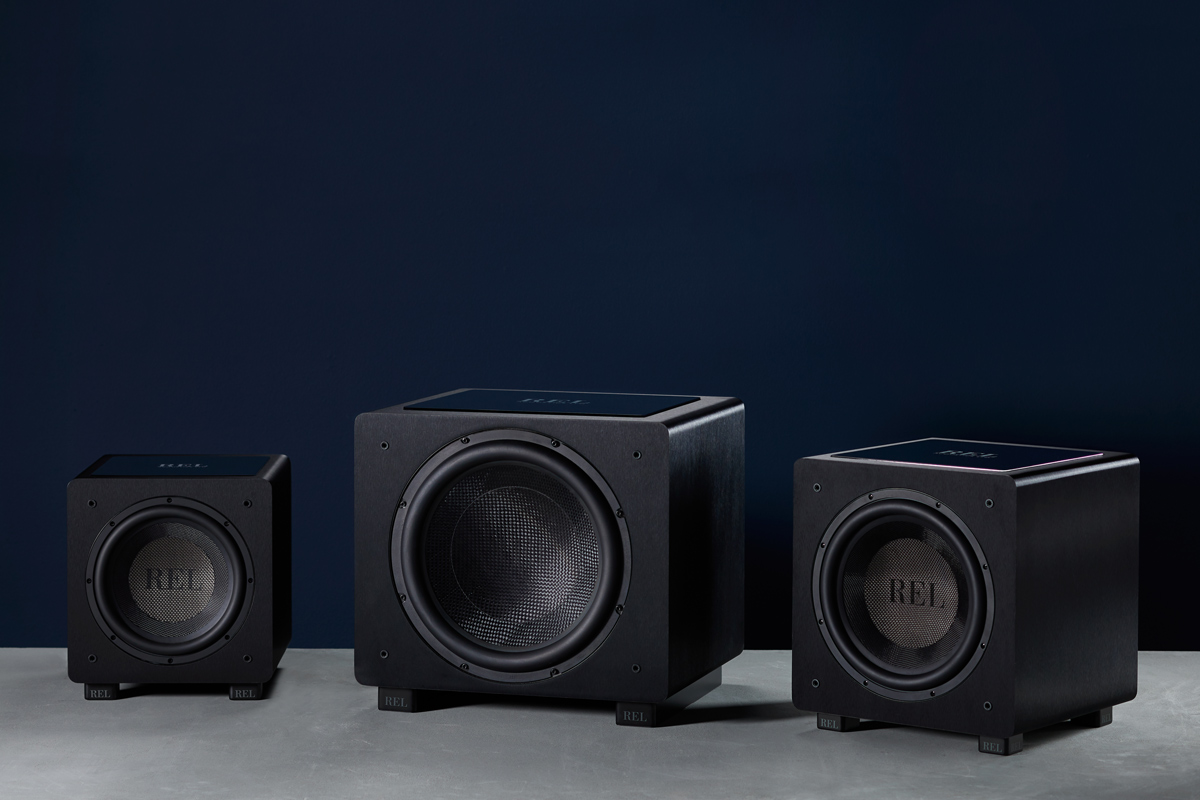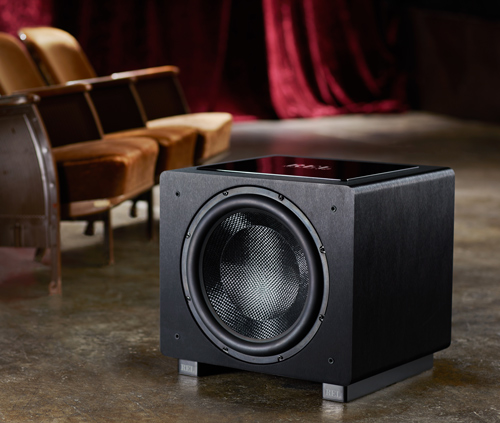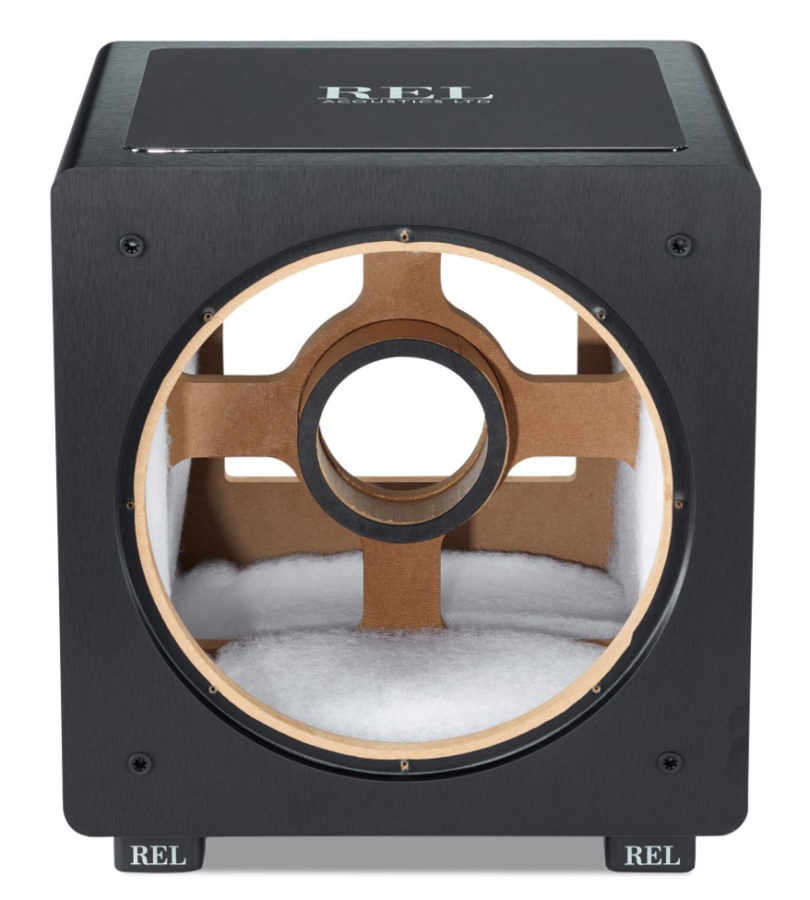Blog
The Case for (Big, Fun) Bass

Like Porscheophile’s fears over its first SUV, the Cayenne, REL devotees may have initially been a little nervous. Was REL abandoning its roots? Would REL resort to becoming yet another traditional big, loud, boomy theatre sub manufacturer like so many others over the years? HT delivered that answer with a resounding “No”. Here is a product line that, while delivering the goods on raw output and bombastic special effects in home theatre, goes further and delivers the theatrical equivalent of REL’s perfect seamless blend between subwoofer and music. When asked why we built the HT Home Theatre Range, I answered, “Because it’s not proper theatre without a REL.” I should have added, “And because big bass is big fun.” Clearly, I was taking liberties but as you read on, you’ll see it’s closer to the mark than you may think.
Unique among uses for subwoofers, theatre bass was granted a separate and distinct channel dedicated solely to its usage. That should give you an idea of just how important bass is in the eyes of those who make movies. While most refer to it as a .1 channel, when it was first conceived of by Dolby, the secondary term LFE, or Low Frequency Effects channel, is much more descriptive as it rapidly came to be the channel utilized for the most extreme of special effects.
Dolby worked in consultancy with a small group of the movie making world’s finest directors such as Francis Ford Coppola and George Lucas, who actually had a public theatre in Marin County close to his production company—Industrial Light and Magic– outfitted with a state of the art Dolby Digital system so that he could hear his latest efforts in front of a real paying audience and gauge their reaction to his team’s work.
Rumor has it that Lucas would sneak in after the credit sequence, cloaked by darkness, and leave as the post credits began to roll. These directors and their best engineers begged for a dedicated channel that would allow them to deliver the extreme effects they envisioned would become necessary to the telling of then-future movies. As history and seemingly 1,000 Transformer movies has shown, they were spot on.

Ok, so theatre simply isn’t without a subwoofer. Isn’t complete, isn’t compelling, loses drama and for public theatres costs them customers. Because everyone in the making of movies knows that while beautiful or shocking visuals may well be what the audience leaves talking about, it is the SOUND that carries the emotional content of a movie.
Even in blockbusters, those bid effects scenes are virtually always preceded by a quiet, soft contrast scene intended to make the bombast seem that much more over-the-top. Want to get an audience blown back into their seats? Make them lean in to hear the soft, often emotionally critical scene just before. As they’re leaning in to better understand the emotional connection, the impact of the special effects scene multiplies its effect.
At REL, we knew we could deliver huge theatre bass for many years. After all, our classic range has done a wonderful job for years while handling the much subtler and some might say, more complex job of unravelling music’s nuance. What we didn’t know was whether we could deliver at a price that would ensure everyday families could easily afford most of the range. What’s the point to delivering an uber family experience if it’s limited to only a few well-off families?
So we set about defining what makes theatre bass uniquely challenging. The characteristics that define theatre are first, of course, the output levels necessary to deliver the goods. Nothing destroys a big moment faster than having the subwoofer give up during the defining battle scene. Ok, so our HT’s have to play loud. LOUD. But of equal—we would argue–more important was the quality and type of bass produced. Incredibly fast, reactive bass is what makes the difference in theatre sound. It’s what makes one hug the dirt closer when a grenade goes off in the next foxhole, duck as a jet roars just overhead. Gunshots are not merely loud boom-boom-boom sounds. They have a leading-edge CRACK followed by a deep concussive impact report as the exploding gasses propel the round through the barrel and out into open air. Great speakers need it, so do great subs. So, speed, and who knows speed in bass better?
Study our drivers first if you want to understand where our priorities lie. This is truly what separates our subwoofers from the herd. While they play incredibly loud due to delivering exceptional throw distance (the distance in and out of the cabinet each driver must travel to deliver its mission), they are significantly lighter than our competition. In truest REL fashion, we didn’t take the most common approach but kept refining, eventually landing on a solution that delivers on both qualities of maximum output levels and genuinely fast bass.
The tricky part to designing the HT line was finding areas where we could lower our costs, while still maintaining sound quality. This was particularly important for our two most affordable models, HT/1205 and HT/1003. A prime target for cost reduction was in the costly cast alloy chassis that is used on many drivers of classic RELs. However, in order to move away from this design, we had to devise a way to strengthen and quiet the chassis of the driver in a different way. The entire point to a cast chassis is to do precisely that, produce a stable, quiet platform for all the moving bits to more accurately do their job. The solution was a clever cabinet brace that performs several functions without producing any negatives as it simultaneously braces the loudest resonance points on all 4 side panels, cradles the rear of the driver to virtually eliminate shipping damage, and (look carefully) includes a soft felt gasket that quiets and damps driver vibrations for a fraction of the cost of a heavy cast chassis. Significantly, the hole in its midsection allows air to pass through unimpeded from the driver’s ducted port into its inner workings where all the heat builds up. This feature means that the drivers can look forward to long, rewarding lives in their new owner’s home.

The final bit of smart savings came in how we approached the exterior design of HT. It will surprise absolutely no one that finishing a cabinet with expensive cast and machined alloy parts, ones that mostly serve important functions in the delicate reproduction of music, are less necessary and cost far less when removed from a unit designed specifically for theatre. Nor that finishing a cabinet in 8 layers of hand-rubbed high gloss lacquer requiring a week to simply sand and paint each cabinet adds to the cost, but not the appeal in a setting where the screen gets all the attention.
So, in HT, we chose a simpler, more purposeful approach to design that dresses the cabinet in an attractive composite that is line-grained black, much in the style of expensive audio electronics. We added a single large panel inserted into the top surface, the surface your eye will most often pass over, that retains the beautiful lacquering we are well-known for delivering.
HT’s are fast, deft, supple and devastatingly loud with speed that shocks and reinvigorates scenes even recently experienced without HT’s in place. In doing so, REL is moving into fresh territory for theatre bass, delivering on its promise to deliver more performance, deep value and remain true to its engineering and design roots. Lean in closer; while HT’s began winning hearts and minds of a totally new breed of REL customer, normal families like yours and mind who love the entertainment of movies or sports brought to them in the safety and comfort of their homes, we began to see a new trend emerge. Like the famous German car maker found after its first years of building SUV’s, longtime REL owners began adding HT’s to an already strong system. So whether you’re new to the REL family, or you’ve been a fan for much of the past three decades, we’re certain that these HT models will exceed your expectations for theatre performance and that they break new ground in the realms of speed, performance and quality.










